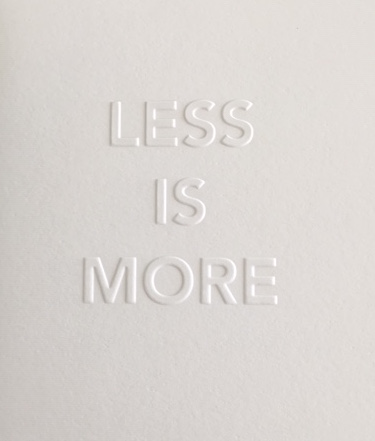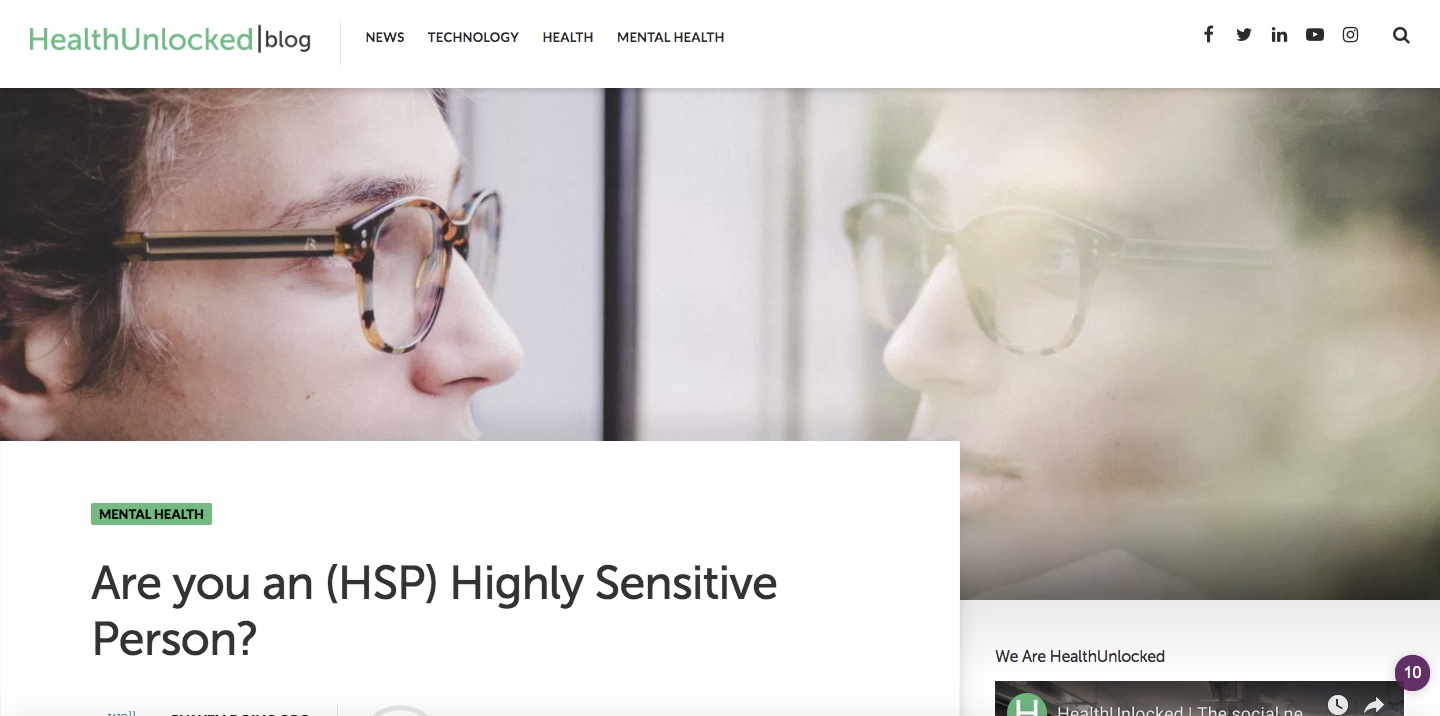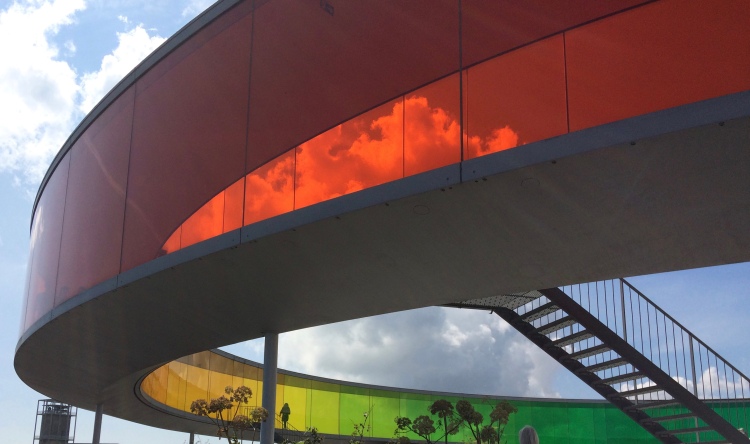
I attend the dentist every three months at present for management of a dental issue and after today’s visit it gave me the inspiration for my latest blog.
I often liken overwhelm to the traffic lights: Green for everything’s OK through Amber where things are a bit shaken up, to Red in high alert.
From the moment I enter, to quite some time after, I’m impacted by the whole dental experience. (Actually, I even scheduled the appointment to avoid affecting any clients later that day, so it’s present in my mind well in advance).
The receptionist didn’t have a beaming smile, that you might expect in a dental surgery. I take a seat in the waiting room. The dentist is running almost 15 minutes late; I’m not advised of this, yet I’m still “cool” and relaxed. It allows me look around the waiting room with its adverts for improving your smile, wondering if the receptionist has ever seen them. I decide to sit with my thoughts, no Instagram on my phone or magazine articles about Harry and Meghan. There are a couple of other people reading out of date sensational magazines. There are windows in the ceiling giving some natural light, perhaps making some of the fluorescent lights redundant. Well, that’s just my opinion as they are full on. I wonder if there are solar panels on the roof and conclude that another nuclear reactor is possibly working to power these alone. I notice a sign on the water machine that is straight out of the Victorian Guide to Parenting and am tempted to muck around with it, if only momentarily. Being banned from the dentist for having a water fight with a pensioner might make the local newspaper and might not be good for business as a therapist.
“Mr Wilson !”
The time has come.
I walk past the radiation warning signs and greet the dentist with the usual pastiming pleasantries; he’s got goggles and a mask on already and I’ve not sat down yet.
I avoid letting my mind run away with Sir Laurence Olivier cameos : “Is it safe?”
I decide to play a HSP version of “I Spy” and distract myself with all the sensations that are coming my way. I “enjoy” the fluorescent light before being reclined in the chair and notice the high wattage spotlamp – so this is what it’s like to be a rabbit or deer in the road at night, no wonder they don’t know what to do.
The dentist thankfully explains what they are going to do and I decide that I’d rather close my eyes than stare at them and their dental assistant.
I become aware of the radio playing through some speakers; it is the BBC so thankfully advert free; but there’s no music as it’s time for the news. Great, I don’t do the news, don’t they know, it’s always bad. The news is brief, then it’s a discussion about Prince Harry and Meghan. I think the royals are following me about and contemplate if I can get a restraining order on them; Prince Andrew might know a good lawyer? I am almost glad when I receive an injection. My mind is brought into the here and now as an errant drill goes in a part of my gum unaffected by the drug. As a HSP, you never know if you’re going to process the anaesthetic really well and need less of it, or if you’ll need more as the pain is real and felt stronger. Actually I might need another jab to numb the pain of the radio debate. The two “experts” can’t resist talking over each other, like two passionate Italians might do debating say food or football. Talking of football and Italy, another “mistake” with the drill and my foot shoots up in a reflex as I imagine I’ve just scored a goal Ibrahimovic would be proud of.
My tongue is fighting the tube in my mouth; it’s probably a draw at present, but you never know if VAR gets involved. A little water runs down my neck. Nice. I’m glad I’m not seeing a client shortly. At least my sensitivity allows me to believe the liquid is too thin and running too quickly to be blood. No, blood is the taste in my mouth as I swallow in between pauses by the dentist.
“All done, you’re good to go. Rinse your mouth if you wish”.
I take a gulp of this green liquid, that looks like anti-freeze, and it turns purple as I spit it in the sink. I’m on target this month. I could be spittoon champion of Stroud if don’t have too many injections.
I say thanks and goodbye as best I can as my mouth has gone south and make my way out as a drop of water or maybe “anti-freeze” runs down my chest.
I decide to text my partner, as they might not understand my speech on a call and start the wait for my mouth to regain its feeling, whilst wondering if I can drink in public without embarrassing myself.
I decide to risk it and enjoy a coffee with an amazing aftertaste; perhaps Lidocaine should be the new syrup of choice?
Keep smiling !






 Photo credits: Sarah Maingot, David Wilson
Photo credits: Sarah Maingot, David Wilson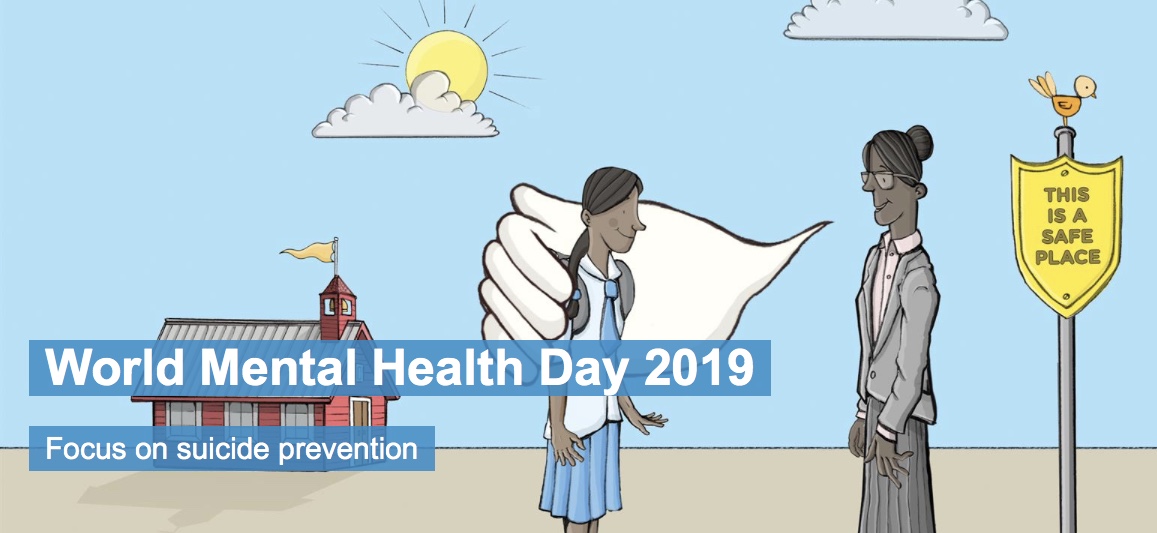



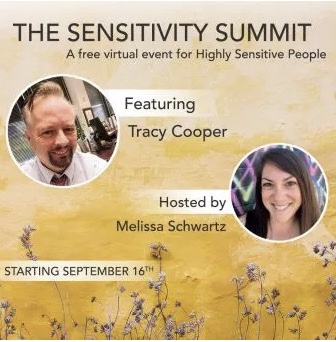
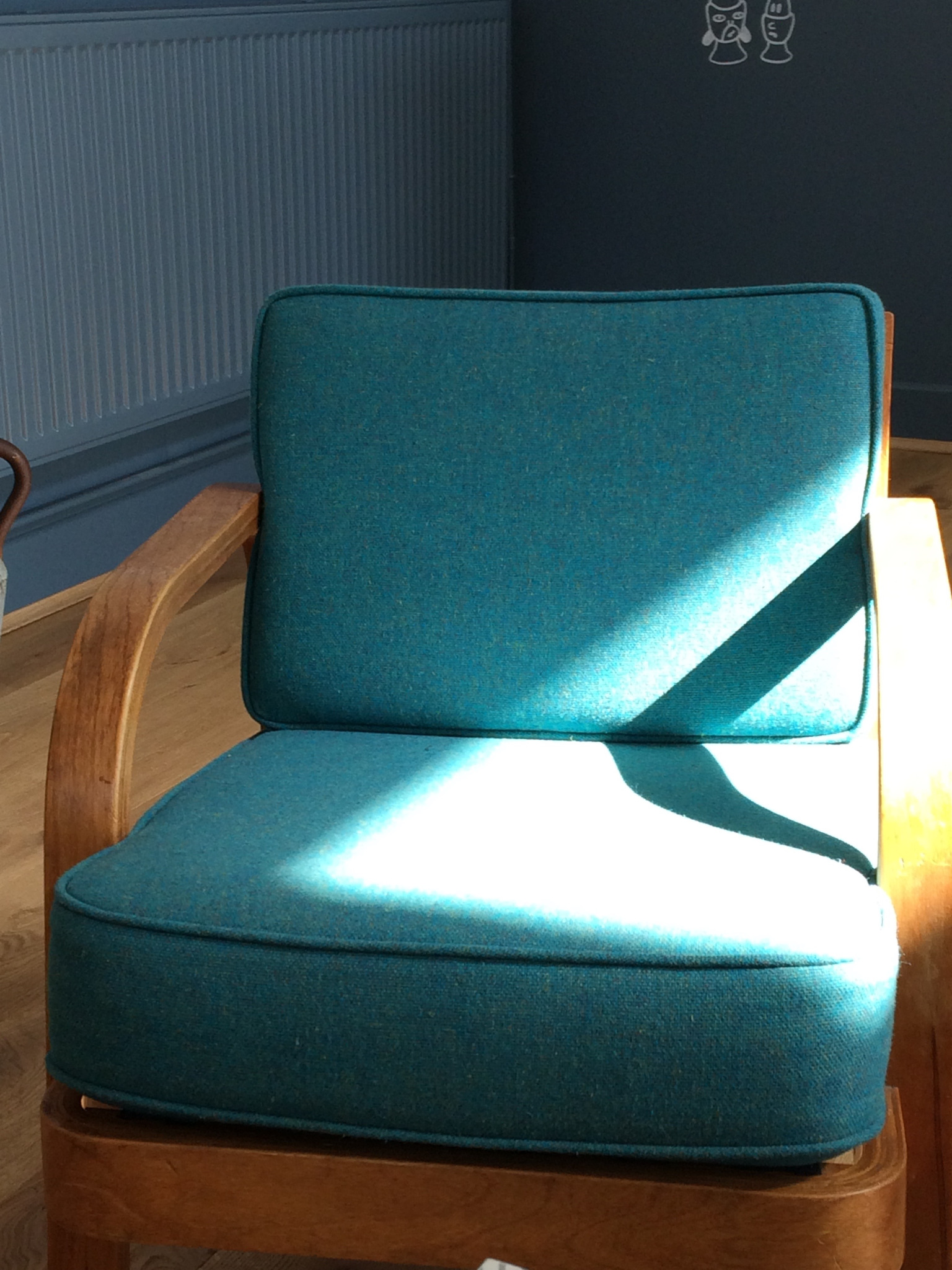


 I
I